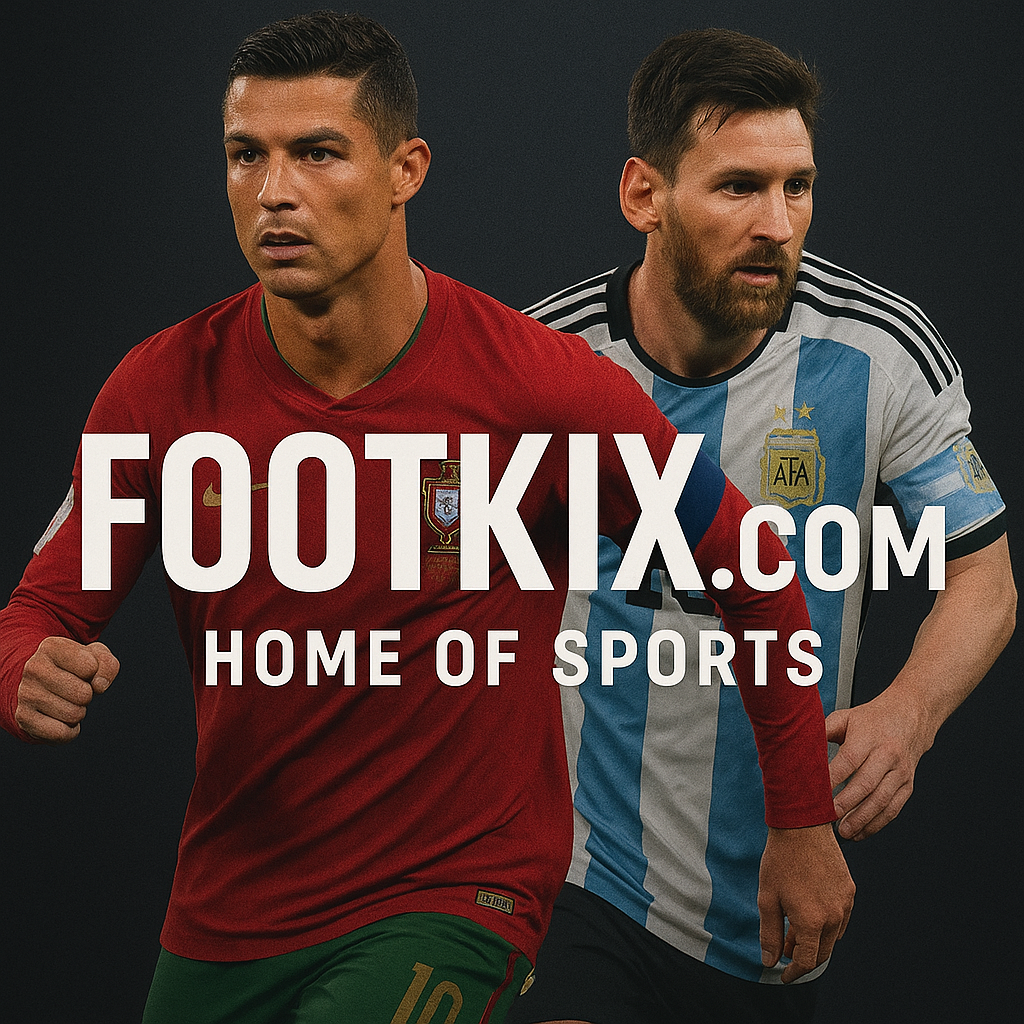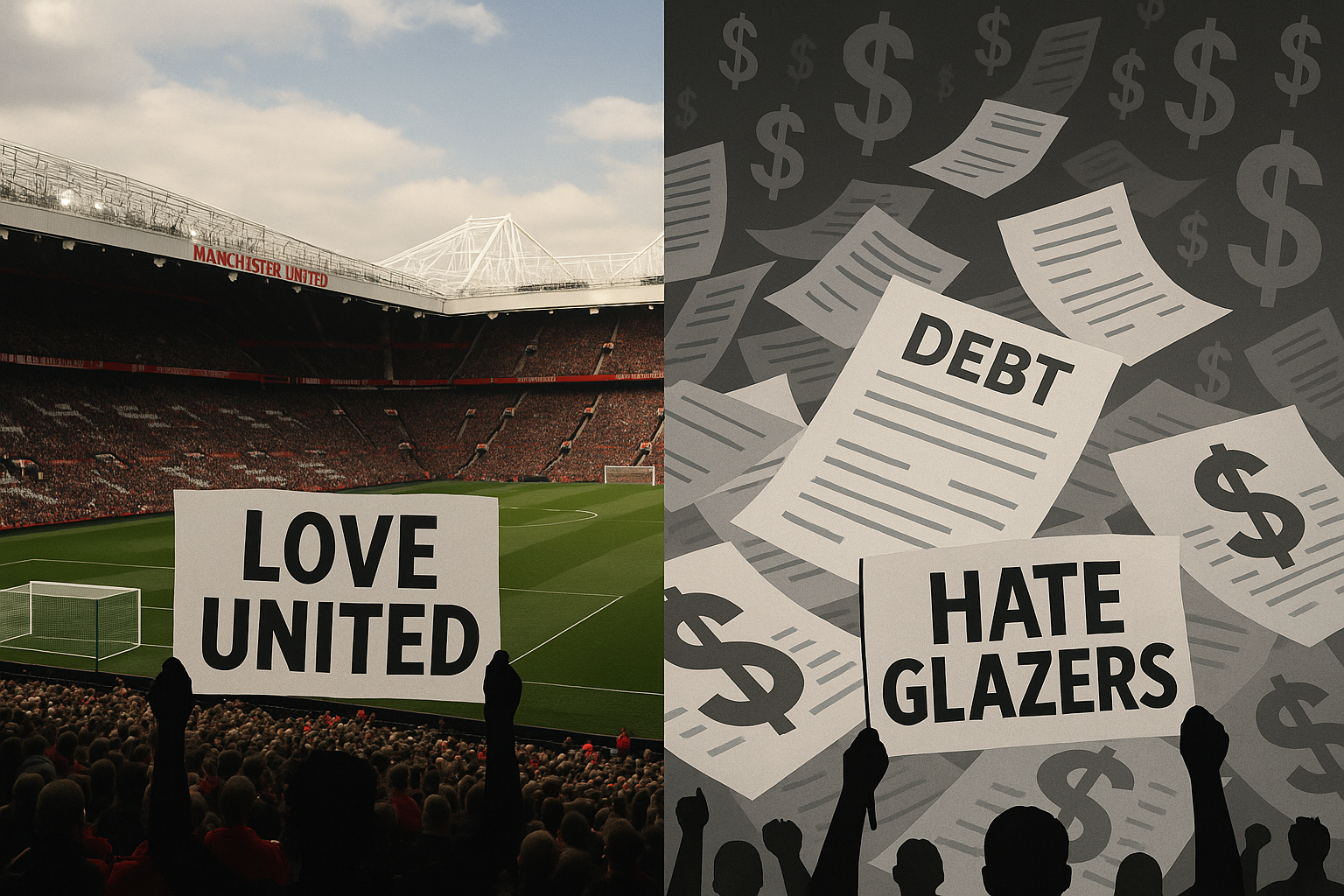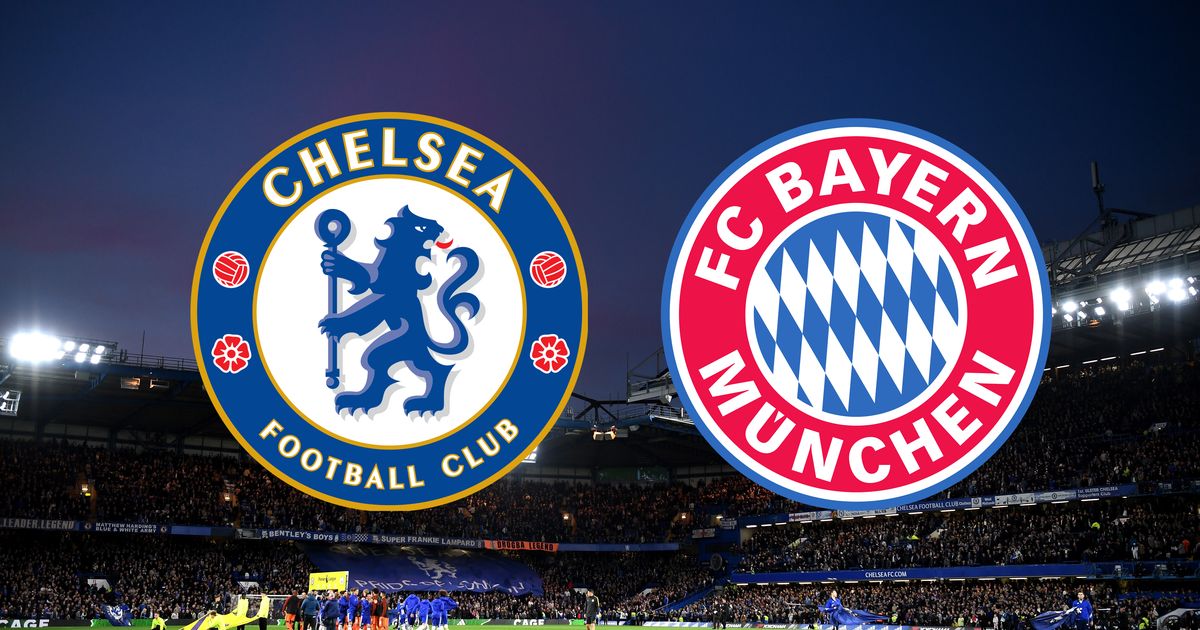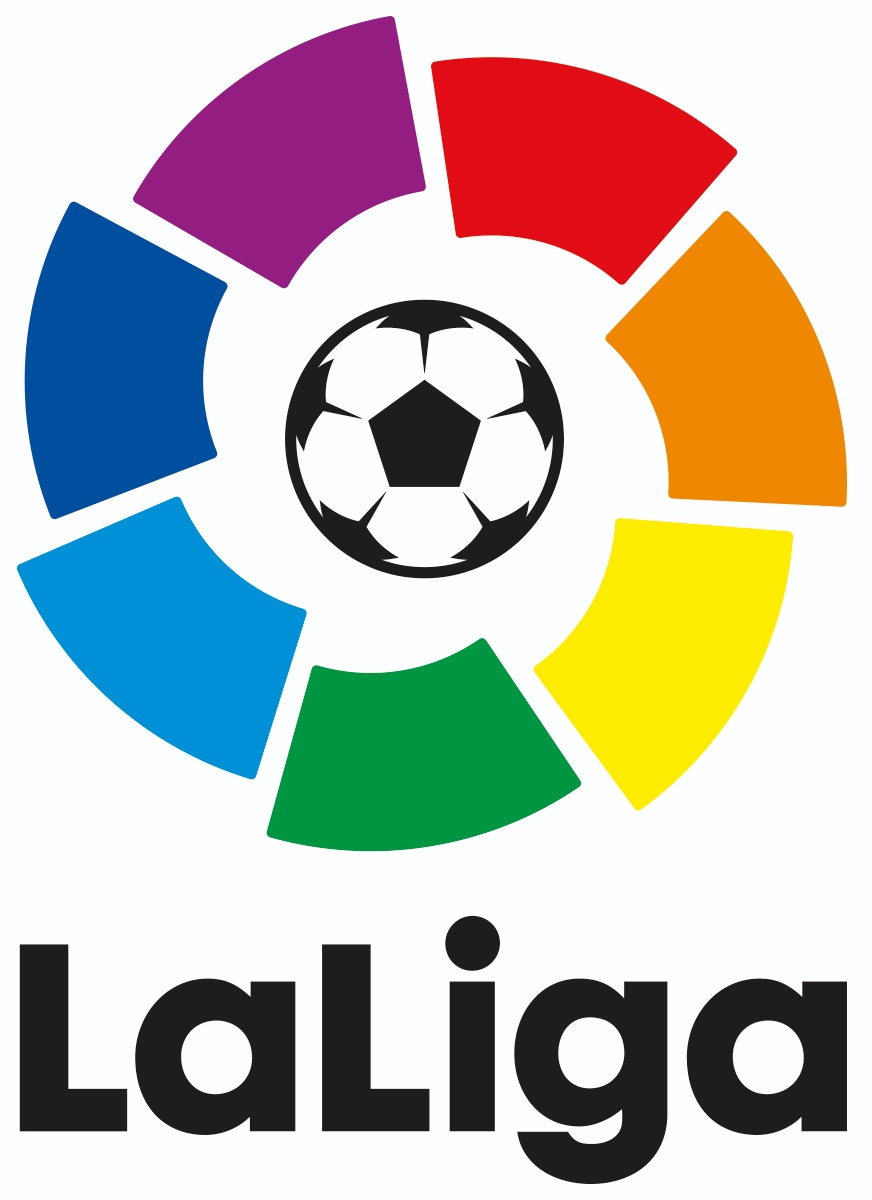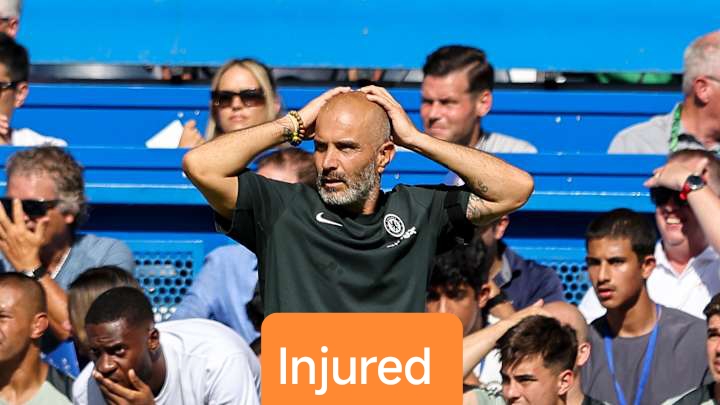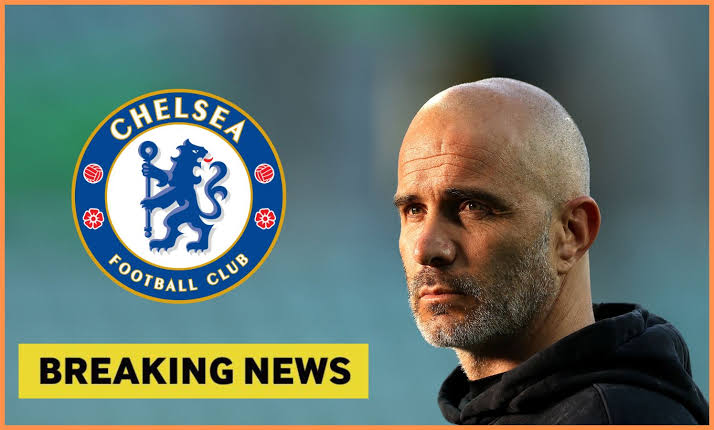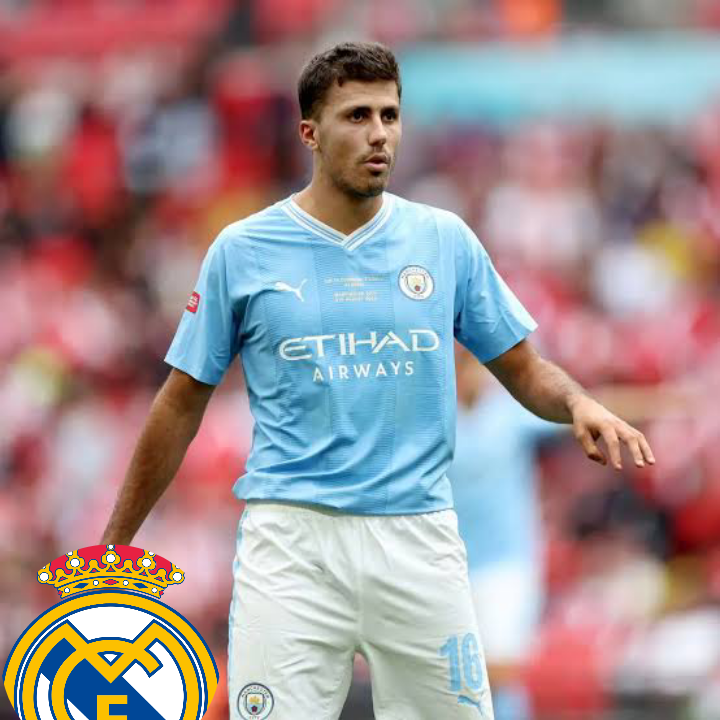The Glazer Legacy: Two Decades of Debt and Decline at Manchester United
The Glazer Legacy: Two Decades of Debt and Decline at Manchester United
On 28 June 2005, the Glazer family from Florida completed their controversial takeover of Manchester United — one of the world’s most storied football clubs. At the time, it was already a contentious move. United was debt-free, profitable, and successful on the pitch. The Glazers didn’t just buy the club; they mortgaged its future to do it.
Now, 20 years on, we can finally measure the full weight of that decision. The results are damning.
A Club Bought on Borrowed Money
The Glazer takeover was what’s known as a leveraged buyout (LBO). They borrowed heavily — primarily from hedge funds — and paid £790 million to acquire the club. Of that, £604 million in debt was dumped directly onto Manchester United’s books.
To put it in perspective: prior to the deal, United’s total debt stood at just £50 million.
By the summer of 2006, the club had already paid £53.2 million in interest and fees. The alarm bells were ringing early. In April 2005, before the deal was finalized, United’s own board had warned the debt risked causing “a downward spiral in both team and financial performance.”
Those warnings were ignored.
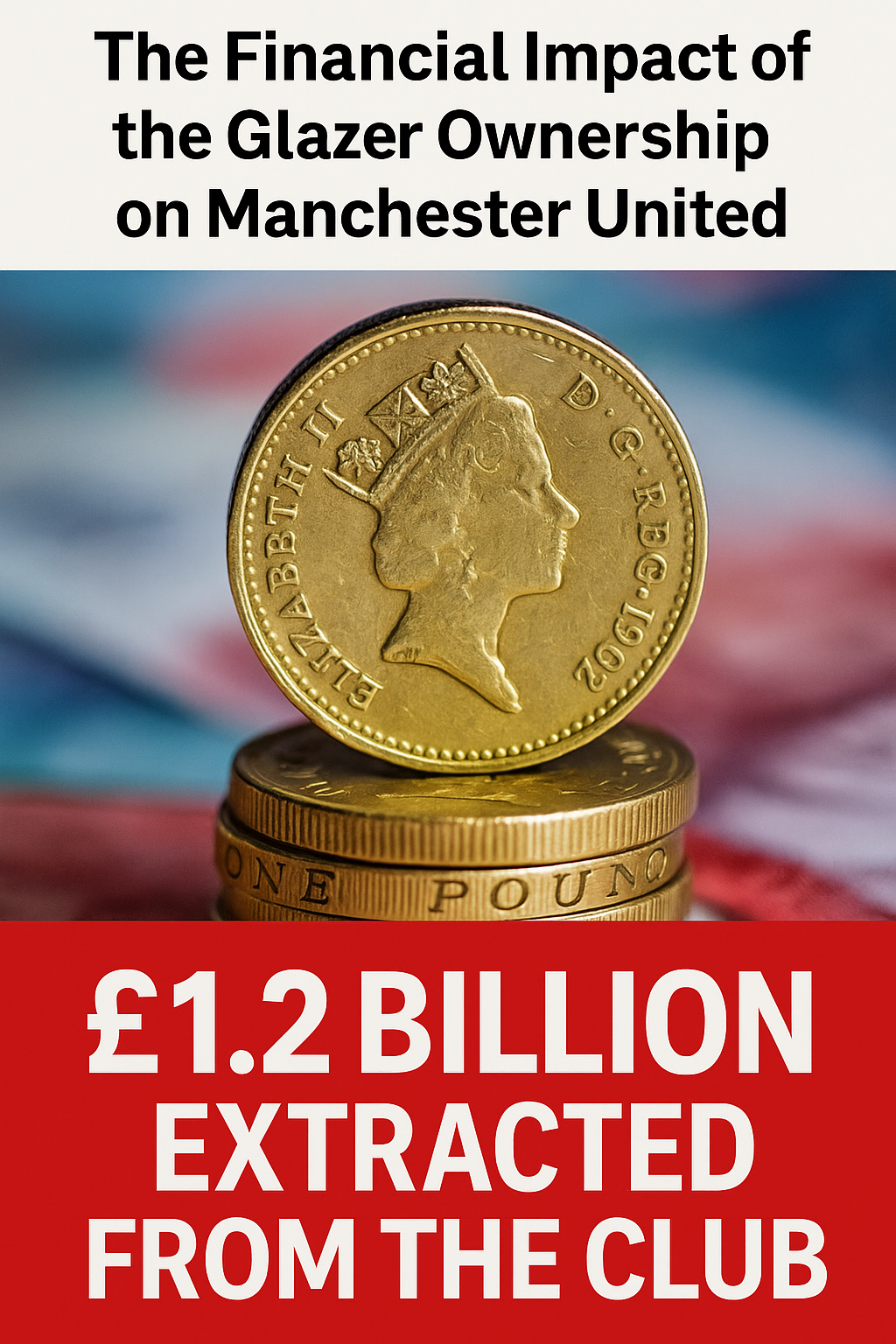
The Real Price Tag: Over £1.2 Billion Lost
According to BBC Verify, the financial toll of Glazer ownership from 2005 to 2024 looks like this:
-
£815 million in interest on loans
-
£197 million in net debt repayments
-
£166 million in shareholder dividends
-
£10 million in management fees to Glazer family companies
-
£63 million in estimated Glazer director compensation
Total: £1.251 billion
This doesn’t even include hidden costs like:
-
Additional financial adviser and bank fees
-
Currency hedging losses
-
Lost opportunities to reinvest earnings into infrastructure and talent
This staggering figure represents funds that would likely have remained in the club — strengthening the squad, upgrading Old Trafford, or supporting youth development — had the Glazers not structured their purchase around debt.
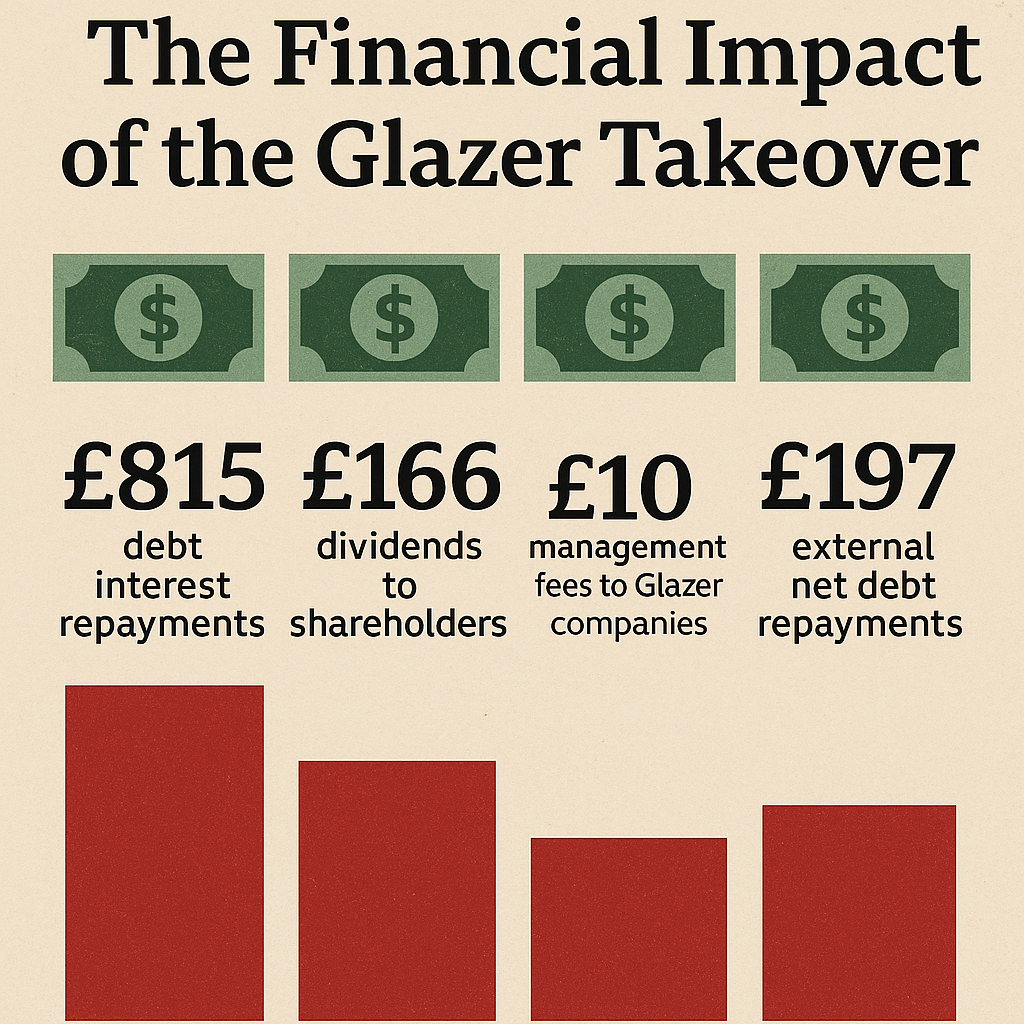
Have the Glazers Added Value?
Supporters of the Glazers argue that United is worth far more now than it was in 2005 — and they’re not wrong.
-
The club’s commercial revenue has skyrocketed from £55 million in 2006 to £303 million in 2024.
-
The implied club valuation as of May 2025 is over £4.3 billion.
-
United has spent £2+ billion on new players since 2012.
From a business standpoint, the Glazers have grown Manchester United into a marketing machine. Shirt deals, global fanbase expansion, and corporate partnerships have kept revenues climbing.
But on the pitch, the story is different.
Football Under the Glazers: Peaks and a Deepening Valley
Between 2005 and 2013 — the Sir Alex Ferguson years — United remained competitive, winning multiple Premier League titles, a Champions League, and domestic cups. But those triumphs masked deeper problems.
Since Ferguson retired in 2013:
-
United have cycled through six permanent managers
-
Won just five major trophies in 12 years
-
Missed out on Champions League qualification multiple times
-
Finished 15th in 2023–24, their worst league performance in 50 years
The club’s own CEO, Omar Berrada, admitted in the latest financial report that the season “fell below our standards” and that “a clear expectation of improvement” is needed.
What United has gained in financial scale, it has lost in football identity and stability.
Where Has the Investment Come From?
Despite the wealth they’ve extracted, the Glazers have contributed little of their own money to improve the club.
-
The £273 million they invested came at the time of purchase.
-
Since then, no additional personal capital has been injected.
-
All player transfers and stadium maintenance have been financed through:
-
Club-generated cash (ticket sales, merchandise, broadcasting)
-
More debt secured on United’s assets or shares
-
Meanwhile, the Glazers have sold £555 million worth of shares between 2012 and 2022. £484 million of that went directly into their pockets.
It’s the classic leveraged play: borrow to buy, squeeze the asset, extract profits, and let the company carry the cost.
Debt: Still Hanging Over Old Trafford
Despite some refinancing in 2010 and 2015, Manchester United’s gross debt as of 2024 still sits at £547 million. Add future transfer obligations, and the figure nears £1 billion.
The average annual interest bill has been around £42 million, with the most recent year costing £37.2 million. That’s the equivalent of one top-level signing — every single season — wasted on interest.
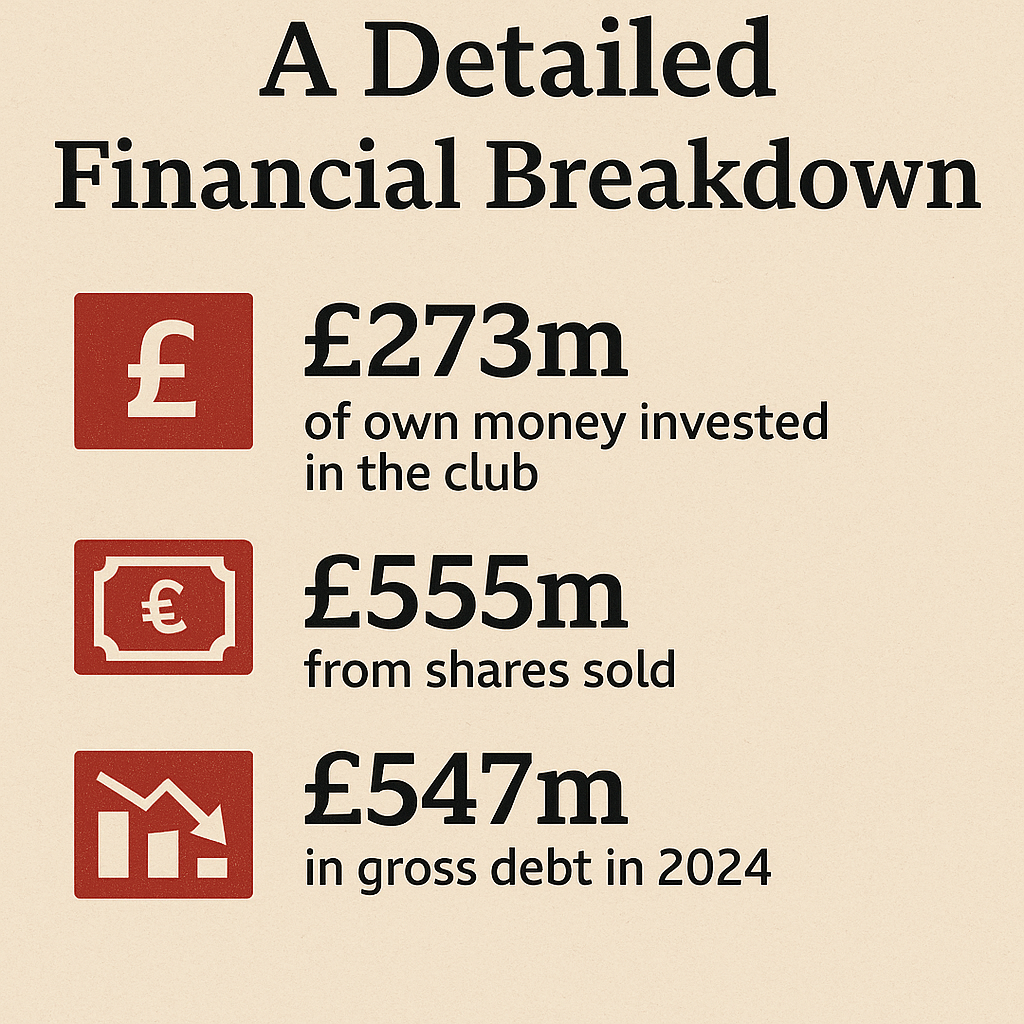
Jim Ratcliffe Enters the Picture
A turning point came in late 2024, when British billionaire Sir Jim Ratcliffe purchased a 30% stake in the club for £732 million. Under the terms of the deal:
-
He took control of football operations
-
He pledged £236 million of his own money to rebuild Old Trafford
-
This funding was not debt-based
Ratcliffe later told the BBC that the club was “set to run out of money” by the end of 2025, forcing urgent cost-cutting measures.
His involvement offers hope — but also highlights how dangerously close United came to financial collapse.
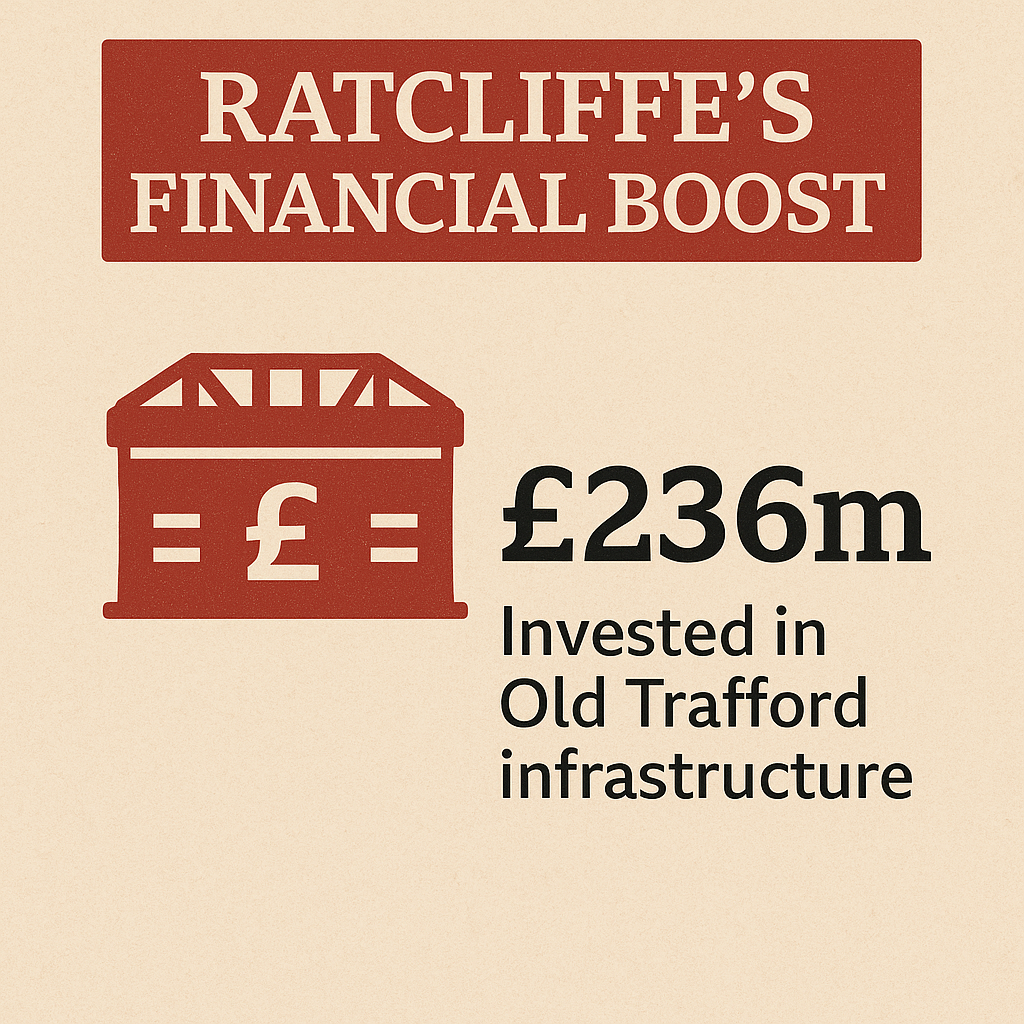
Conclusion: 20 Years of Controversy, Cash Drain, and Chaos
Two decades after the Glazer family arrived in Manchester, the legacy they leave is bitterly divisive. While they may have increased the club’s market value and commercial power, they’ve done so by mortgaging the future of a football institution.
Over £1.2 billion lost.
20 years of fan protests.
One identity crisis.
The takeover wasn’t just a business deal. It was the start of a new era — one defined by debt, instability, and discontent. As the club looks to rebuild under Sir Jim Ratcliffe, many fans are left asking the same question:
What could Manchester United have become without the Glazers?
